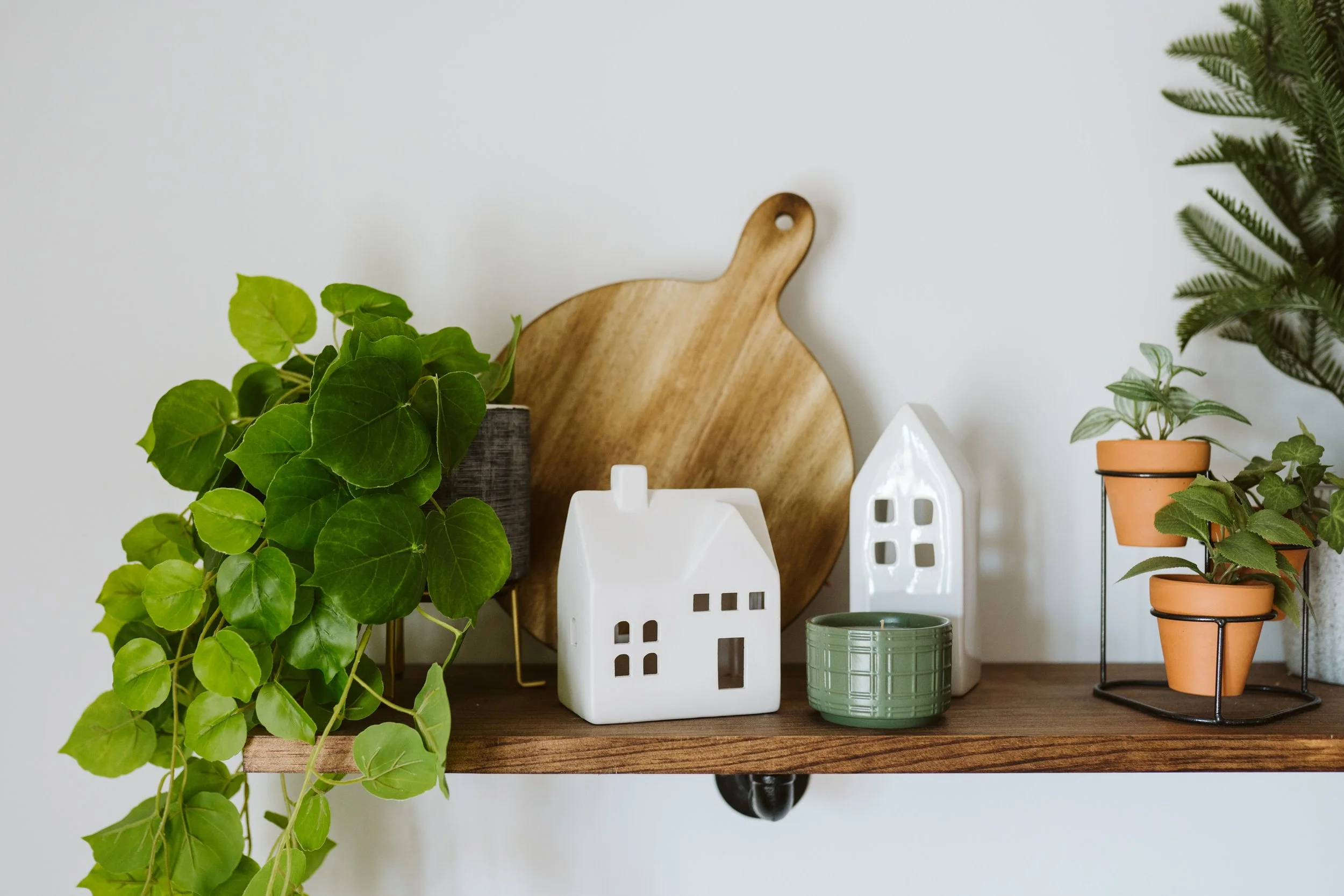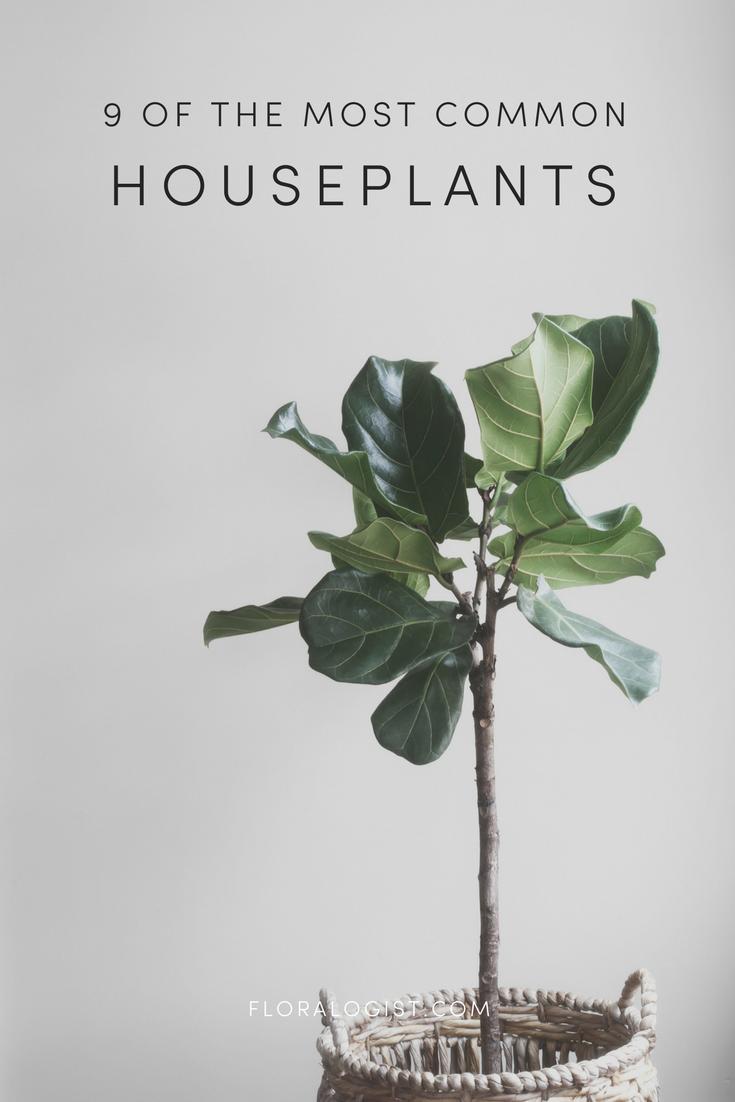Here are 9 of the most common houseplants to consider
There’s an incredibly diverse array of plant varieties but, when it comes to common house plants, you are more likely to come across the following perennials (plants that live for more than two years) in your plant store or nursery. Keep in mind that some plants may fall into more than one category.
9 most common house plants
Air plants
Cactus plants
Exotic plants
Fern plants
Foliage plants
Flowering plants
Hanging plants
Succulent plants
Tree plants
Growing Plants
Get the free 20-page indoor plant guide for beginners and brown thumbs with short and pithy tips on choosing good indoor plants and growing them easily.
Air plants
Also known as Tillandsia, these are small, super low maintenance, and perfect for novice growers. They typically grow on top of other plants or trees so don’t need soil or long roots. They get their nutrients from the air and only require periodic fresh air, bright indirect light, and a weekly mist or soak in a bowl of water.
Cactus plants
Cactus plants (which are technically succulents) are one of the most popular indoor plants because of their stark beauty, variety of sizes, and ease of care. Native to arid environments, they require ample bright sunlight. However, because they are tough and slow-growing they don’t need as much watering or repotting as other indoor plant types.
Exotic plants
Exotic or tropical plants are typically lush plants with showy blooms that many love for their jungle aesthetic. Many are sensitive and difficult to maintain so most suitable for advanced growers, but there are a few varieties to consider once you graduate to intermediate level.
Fern plants
Ferns are green plants that don’t flower and are native to damp and shady environments. For that reason they are happiest in low-light spots in the home where the humidity can be kept up. If you can meet these conditions and protect them from dry air and extreme temperature changes, they’ll be a beautiful addition to your home.
Foliage plants
Foliage plants are plants with colorful eye-catching leaves that look quite ornamental in the home. Because of their fancy leaves they are a nice complement to an otherwise green-dominant assortment. That said, many foliage plants are native to either tropical or arid environments so you’ll need to be aware of any unique needs.
Flowering plants
Flowering plants are plants that bloom such as orchids, peace lilies, and hibiscus, and make an elegant addition to the home. Getting a plant to flower is typically a skill of master green thumbs, but don’t worry — most of the time they are sold already flowered and many require minimal maintenance.
Hanging plants
Indoor hanging plants are those with long trailing leaves and look incredible in hanging pots or wall planters.
Succulent plants
Succulent plants are thick and fleshy plants that retain water in their leaves. Aloe vera plants are the best example (and technically cacti fall into this category as well). Succulents are drought resistant so very forgiving if you don’t water them regularly (in fact they like their soil kept dry). However, they do need ample amounts of bright indirect sunlight.
Tree plants
Tree plants (like Fiddle Fig Leaf and Rubber plants) are large and fast-growing plants that grow tall and look stunning in the home. The most common indoor varieties are typically easy to care for however it’s best to get them small so they have the ability to grow up. Otherwise make sure you have tall ceilings!


